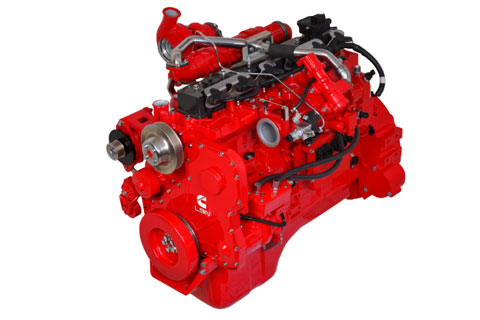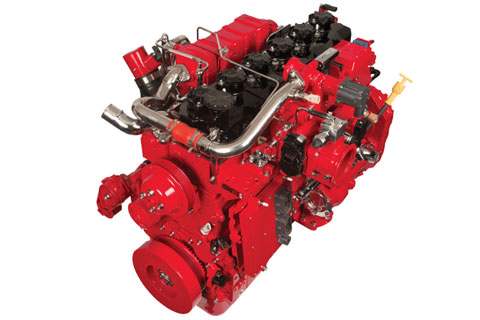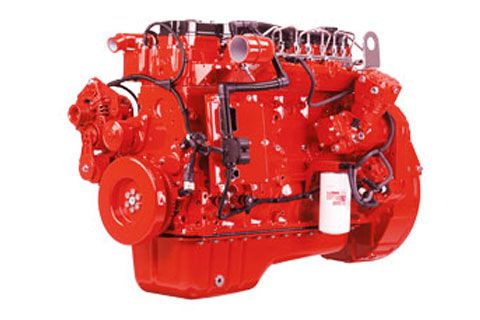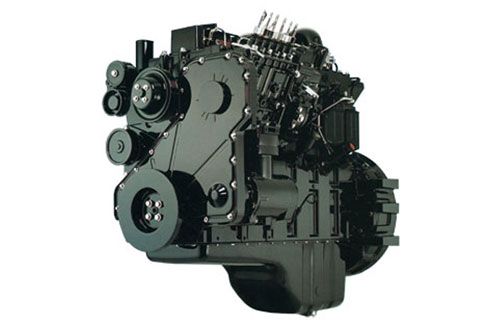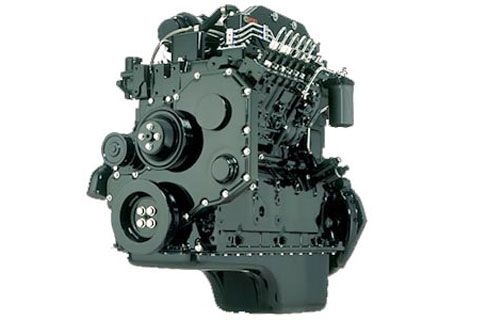
Overview In 2016, Cummins Westport will introduce a new dedicated natural gas engine for transit, shuttle and school bus, medium-duty truck, and vocational vehicle markets. Based on the Cummins ISB6.7 diesel platform, the Cummins Westport ISB6.7 G will offer up to 240 hp (179kW) and 560 lb-ft (759 Nm) of torque, and will be available with automatic transmissions. Certified at launch to 2016 U.S. Environmental Protection Agency (EPA) and California Air Resources Board emissions standards, the ISB6.7 G will also meet 2016 EPA GHG requirements. The ISB6.7 G features the same advanced combustion controls with Three-Way Catalyst (TWC) as Cummins Westport’s ISL G & ISX12 G engines. It operates on 100 percent natural gas, which can be carried on the vehicle in either compressed or liquefied form (CNG / LNG respectively). It can also run on 100 percent biomethane or renewable natural gas, which meets published Cummins fuel specifications.
Features Advanced Combustion Technology – The ISB6.7 G uses the same Stoichiometric cooled Exhaust Gas Recirculation (SEGR) combustion technology, spark ignition, and simple TWC aftertreatment as the ISL G and ISX12 G natural gas engines. The cooled-EGR system takes a measured quantity of exhaust gas and passes it through a cooler to reduce temperatures before mixing it with fuel and the incoming air charge to the cylinder. SEGR results in improved power density and fuel economy and enables the use of a TWC for emissions control. Three-Way Catalyst Aftertreatment – Three-Way Catalysts (TWCs) are effective, simple devices, packaged as part of the muffler, that provide consistent emissions control performance and are maintenance-free. No Diesel Particulate Filter (DPF) or Selective Catalytic Reduction (SCR) systems are required. Proven Design – The ISB6.7 G shares many base engine components with the ISB6.7 diesel engine and shares the emissions architecture of the ISL G and ISX12 G, including wastegate turbocharger, a high-energy ignition system controlled by the CM2180A Engine Control Module, and similar fuel module design. Fuel Capability – Natural gas can be stored on the vehicle in either compressed (CNG) or liquefied (LNG) form. The ISB6.7G can also operate on renewable natural gas or biomethane that meets fuel-quality specifications.
Maintenance Overall, maintenance for the ISB6.7 G is similar to that of diesel engines, but there are a few key differences: Motor oil specifically formulated for natural gas engines is required. Do not use diesel engine oil in a natural gas engine. If diesel engine oil is used, valve torching, piston scuffing and reduction in spark-plug life will occur. Cummins has recently reviewed natural gas engine oil requirements and issued a new natural gas engine oil specification - CES 20085. For more information, see the links below or visit Cummins QuickServe Online: Product Information Bulletin - New Natural Gas Engine Oil Specification List of Cummins approved CES oils |
